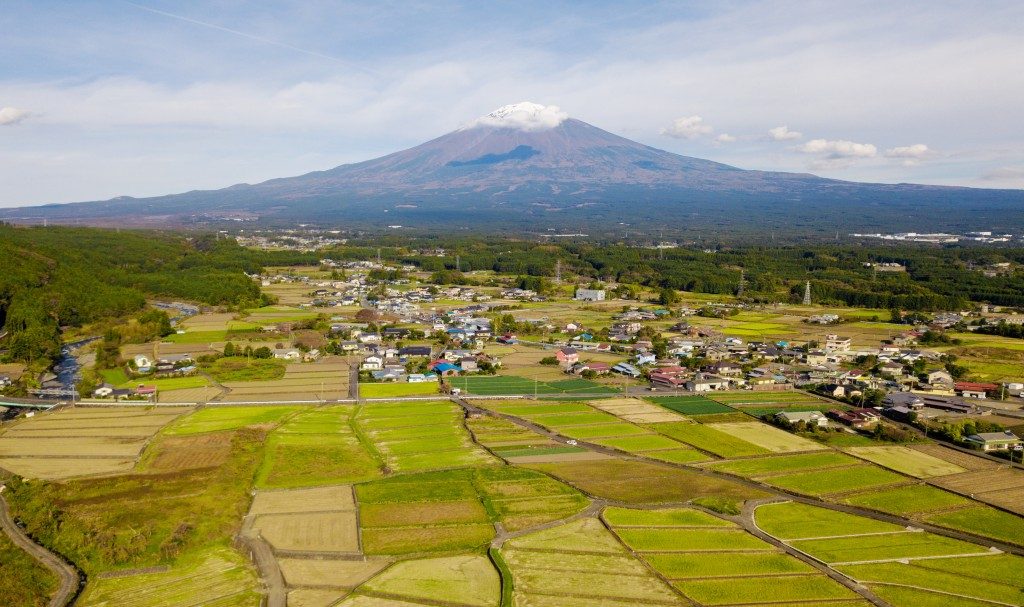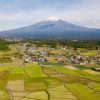
AsianScientist (Jul. 14, 2025) – Japan’s declining population in agricultural regions could be having a damaging impact on biodiversity, a new study suggests.
Researchers from the University of Sheffield, Tokyo City University, and Kindai University, say it is a trend that could spread through East Asia as global fertility rates fall.
“Japan’s biodiversity has long been sustained by traditional rural livelihood practices such as wet rice agriculture, forest and soil management, and the maintenance of rural landscapes. These human activities have shaped and supported ecological richness for centuries,” said Kei Uchida, Associate Professor at Tokyo City University.
“Even as populations decline, human interventions continue in some areas, while others are left to ecological succession. This uneven pattern of change produces a mosaic landscape which is accelerating the degradation of rural environments and undermining the biodiversity they support,” Uchida added.
The findings, published in the journal Nature Sustainability, add to the growing evidence that when humans leave an area, it doesn’t always lead to spontaneous rewilding – the restoration of ecosystems and nature recovering from damage caused by people.
The study is calling for more effective government policies that balance both rewilding and economic growth.
Experts in demography say Japan is a ‘Depopulation Vanguard Country’ (DVC) for East Asia, as the link between a declining population and loss in biodiversity is expected to be seen throughout the rest of the region.
“Japan is one of many countries whose demographic trends point to long-term population loss,” said Peter Matanle, Senior Lecturer in Japanese Studies at the University of Sheffield.
“We find that expected biodiversity gains from fewer people may not be occurring, and that losses are continuing. This indicates possible similar effects in other world regions such as Southern Europe, with Italy as its DVC, and Eastern Europe, with Bulgaria and Latvia as its DVCs,” he added.
What the data revealed
The researchers analysed population, land use and surface temperature in rural areas throughout Japan. They then compared this to biodiversity change among 464 species of bird, butterfly, firefly and frog spawn and 2,922 native and non-native plant species over periods of five to 17 years from 2004.
The team drew on data gathered by citizen scientists across Japan who have been counting organisms in their local area and featured more than 1.5 million data points – one of the biggest studies of its kind.
Irrespective of human population increase or decrease, biodiversity losses were found in most species studied. The researchers believe this was mainly due to agricultural land use change, either to urbanisation, disuse and abandonment, or intensification. Only where human numbers were stable does biodiversity also appear more stable.
With projections from the United Nations that 85 countries are on course to be continuously depopulating by 2050, the researchers believe the findings could also be useful for other nations outside of East Asia, particularly Southern and Eastern European countries where fertility rates are already below replacement levels and outward migration is high.
—
Source: Tokyo City University ; Image: Shutterstock
The study can be found at Biodiversity change under human depopulation in Japan
Disclaimer: This article does not necessarily reflect the views of AsianScientist or its staff.

